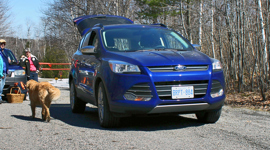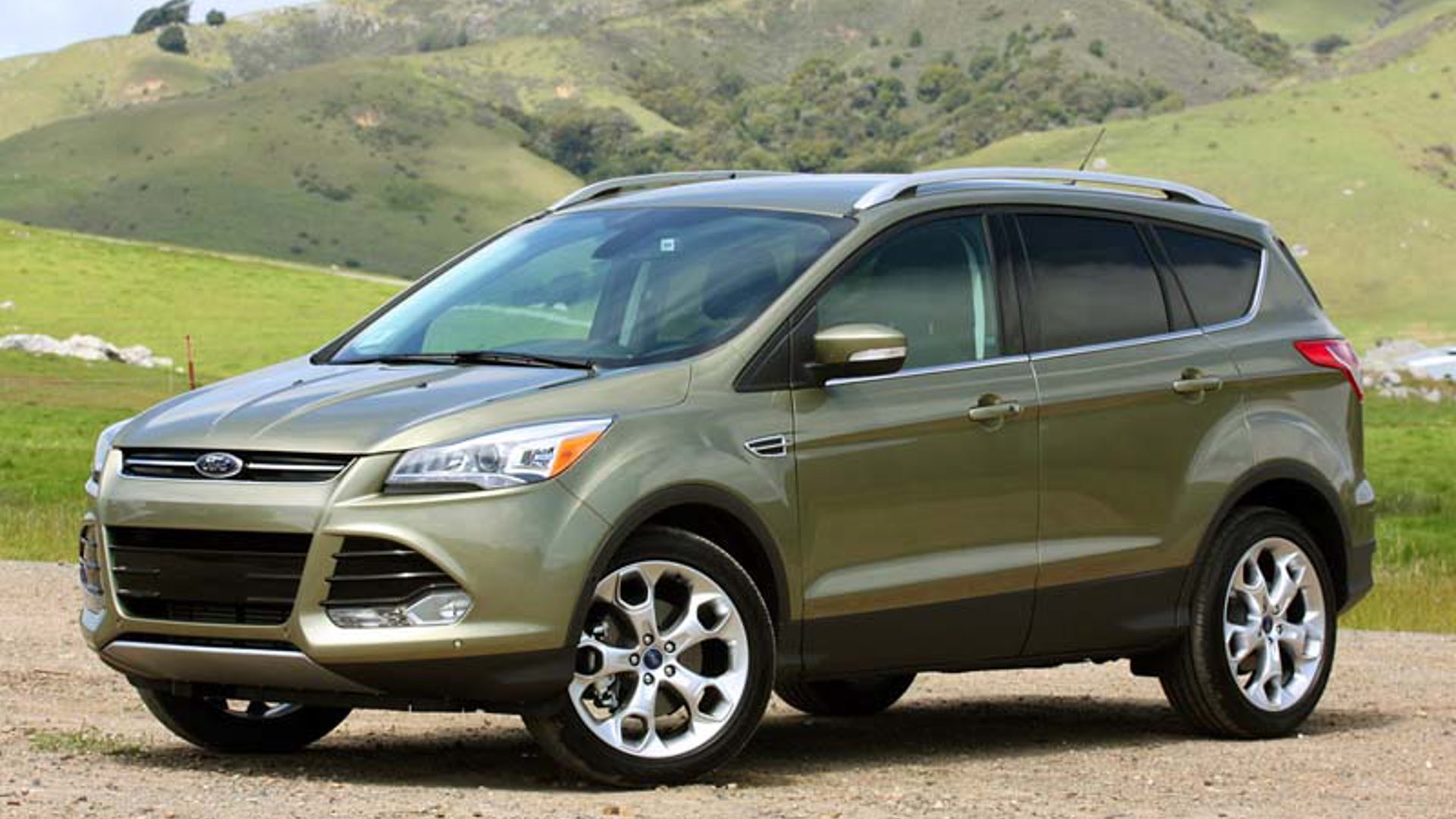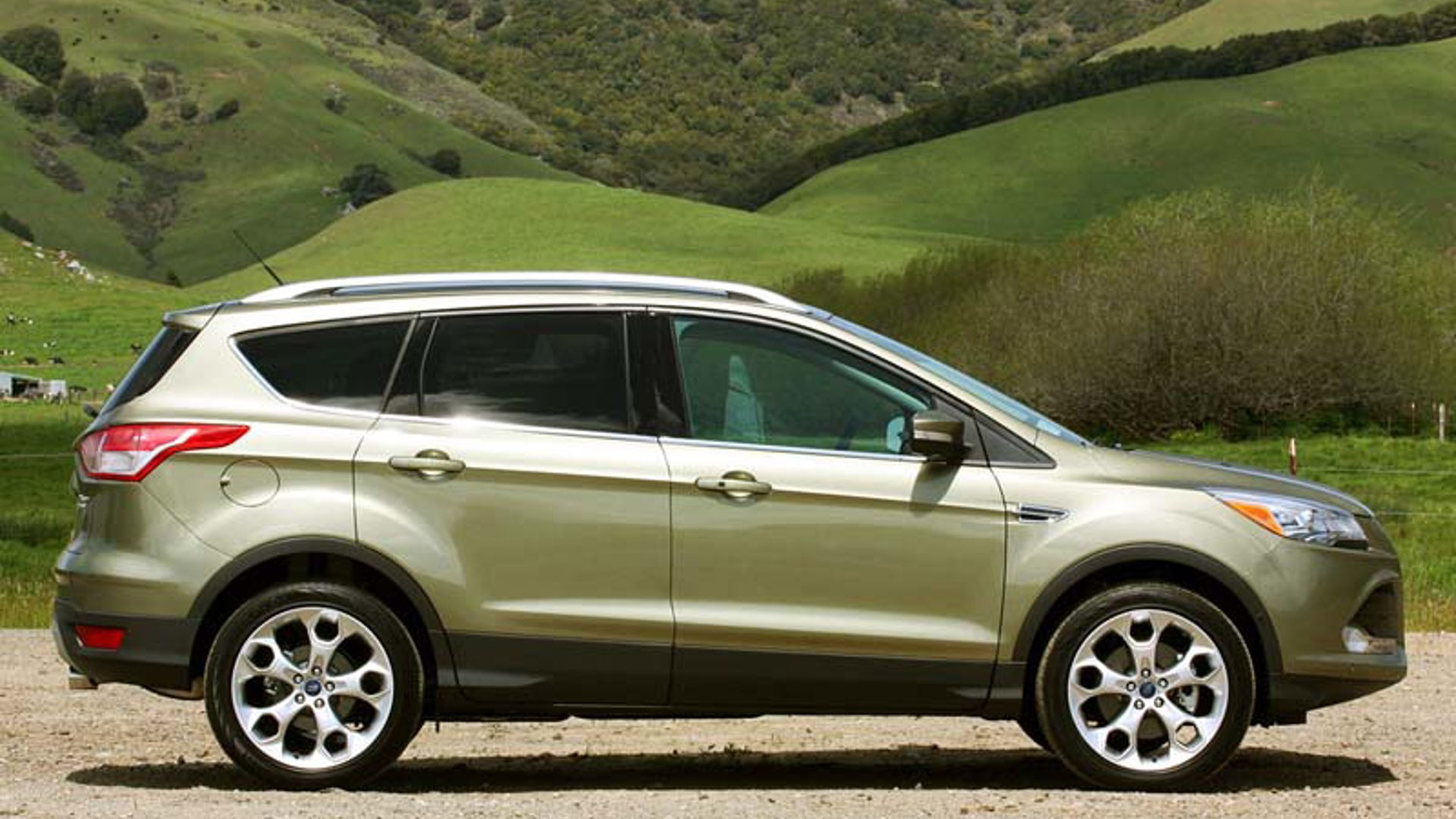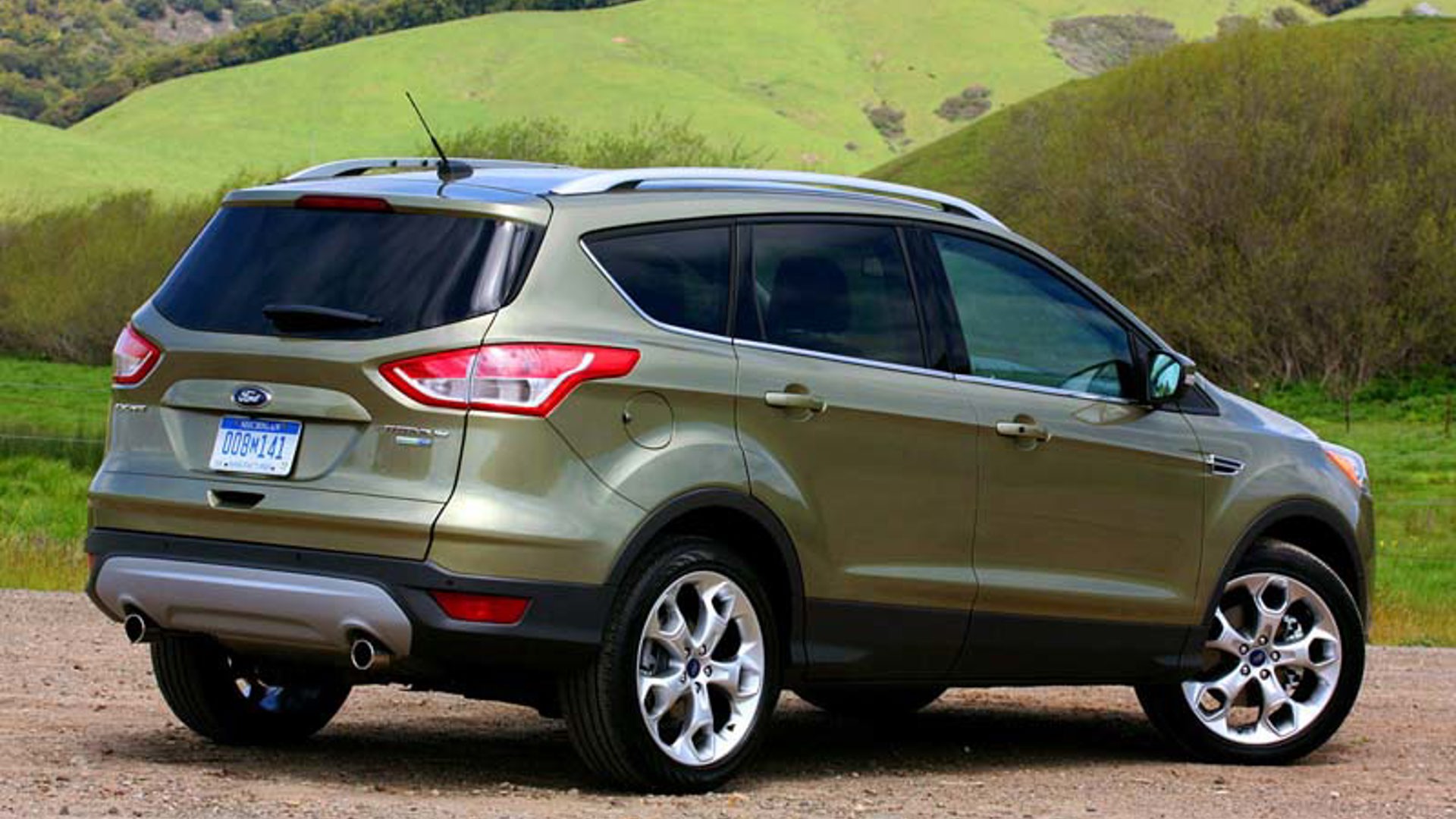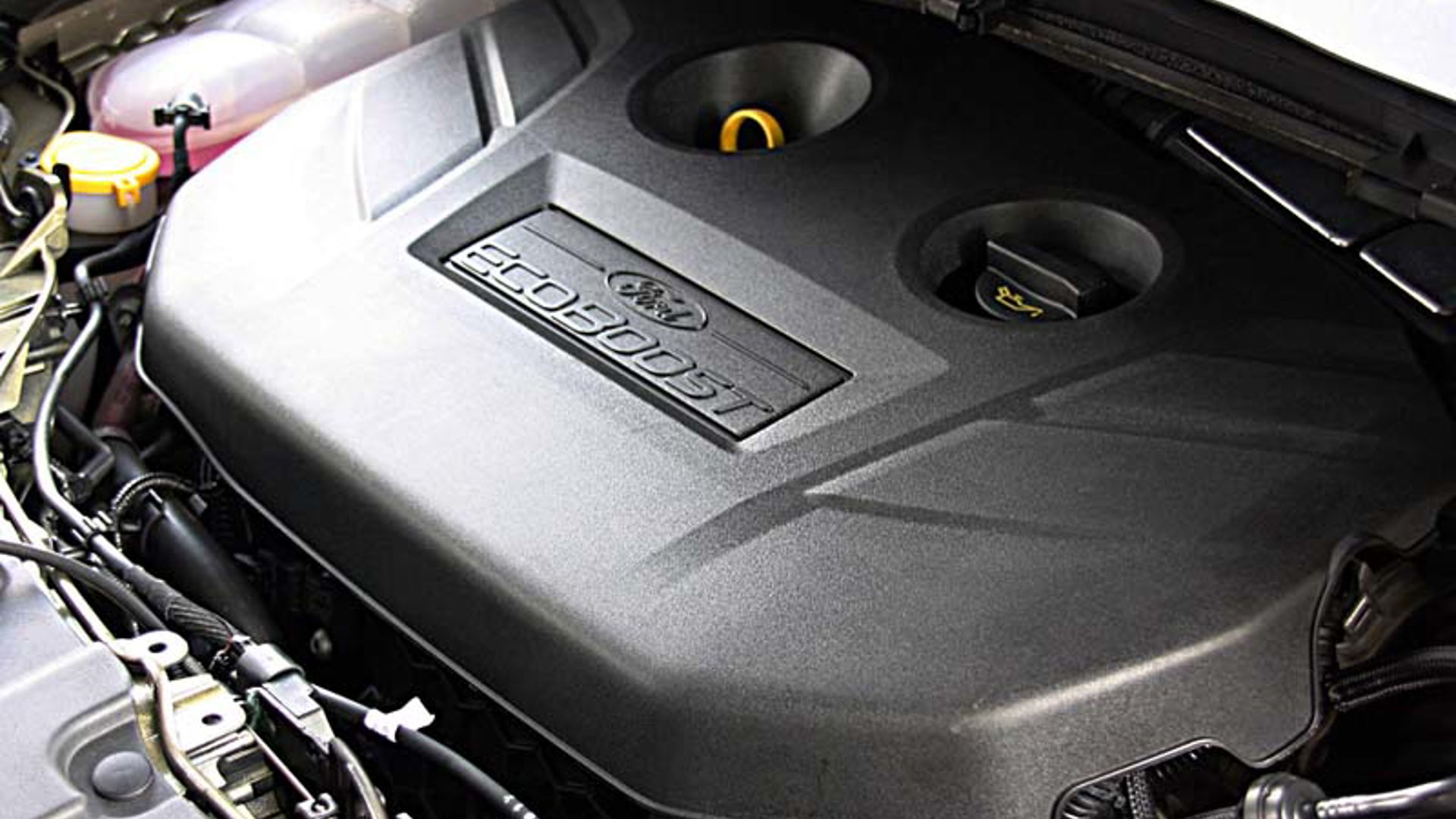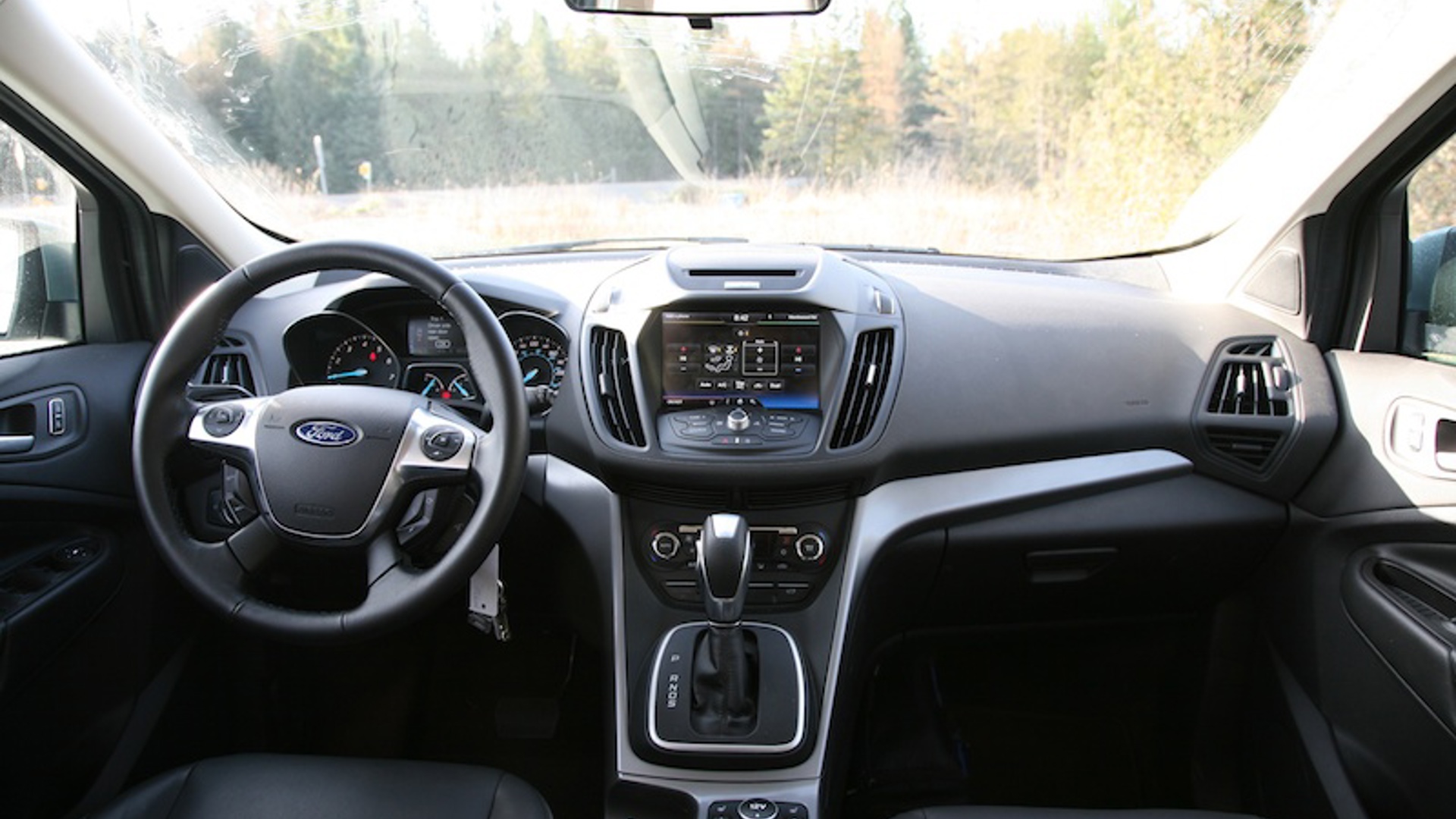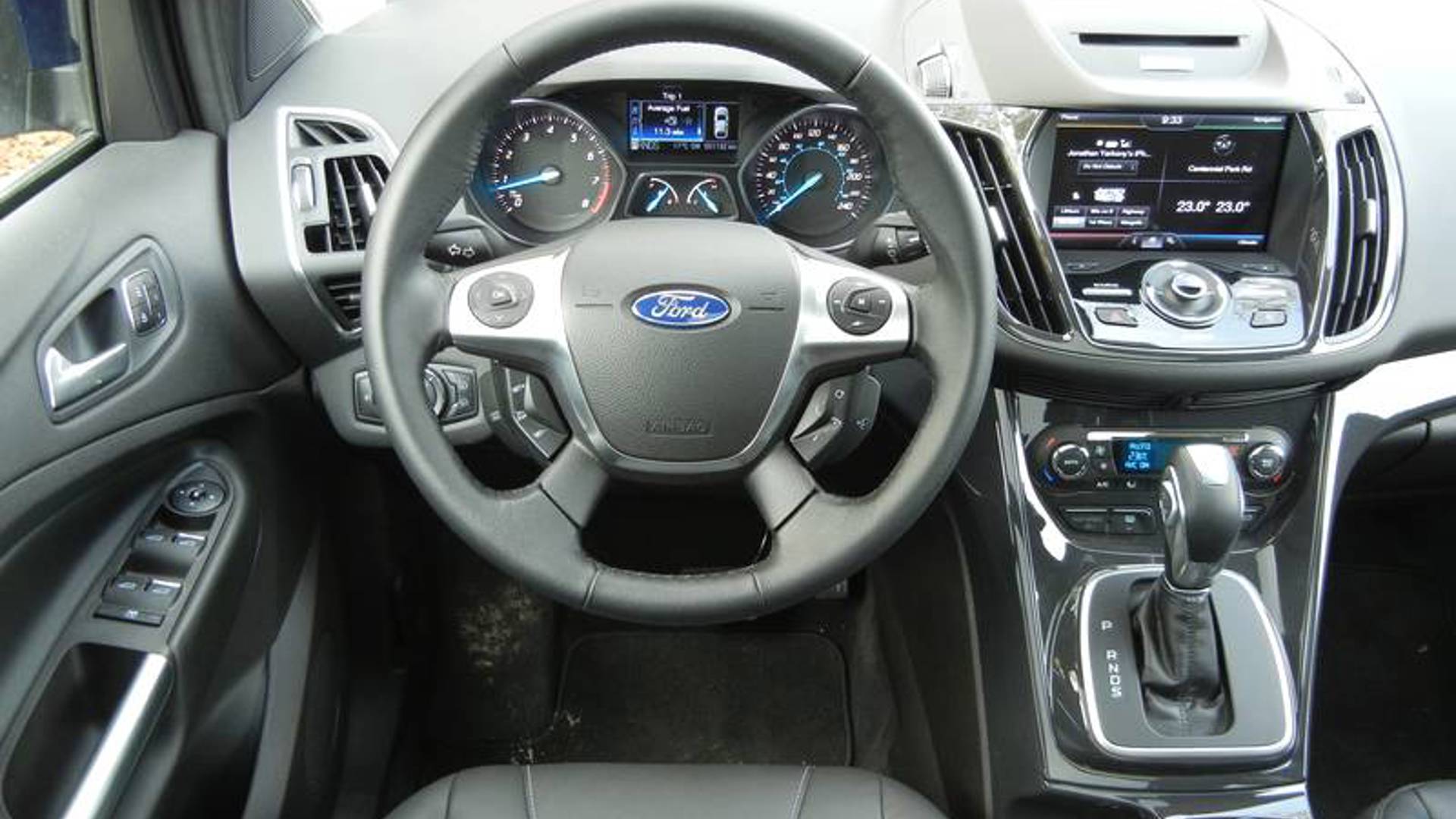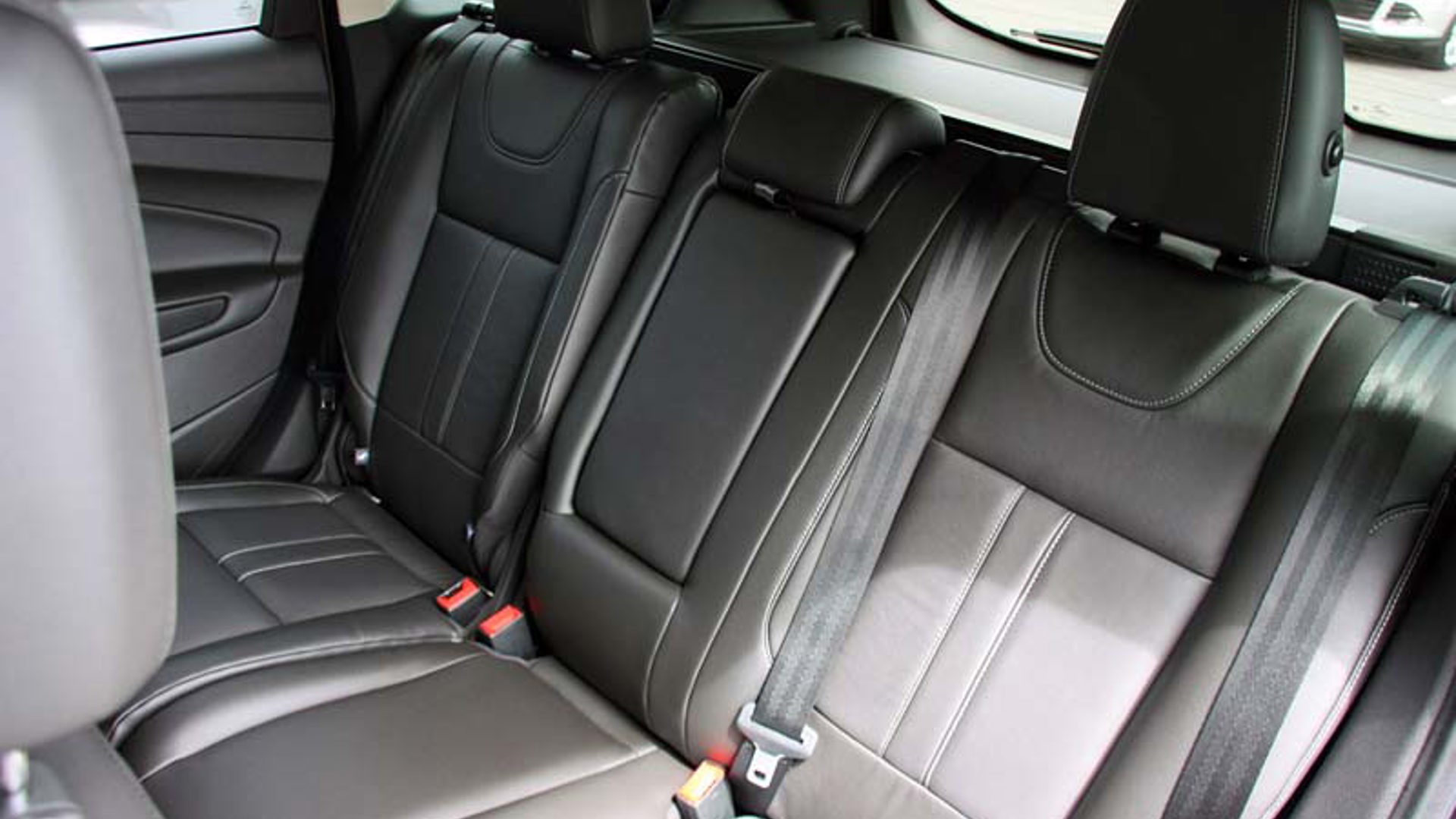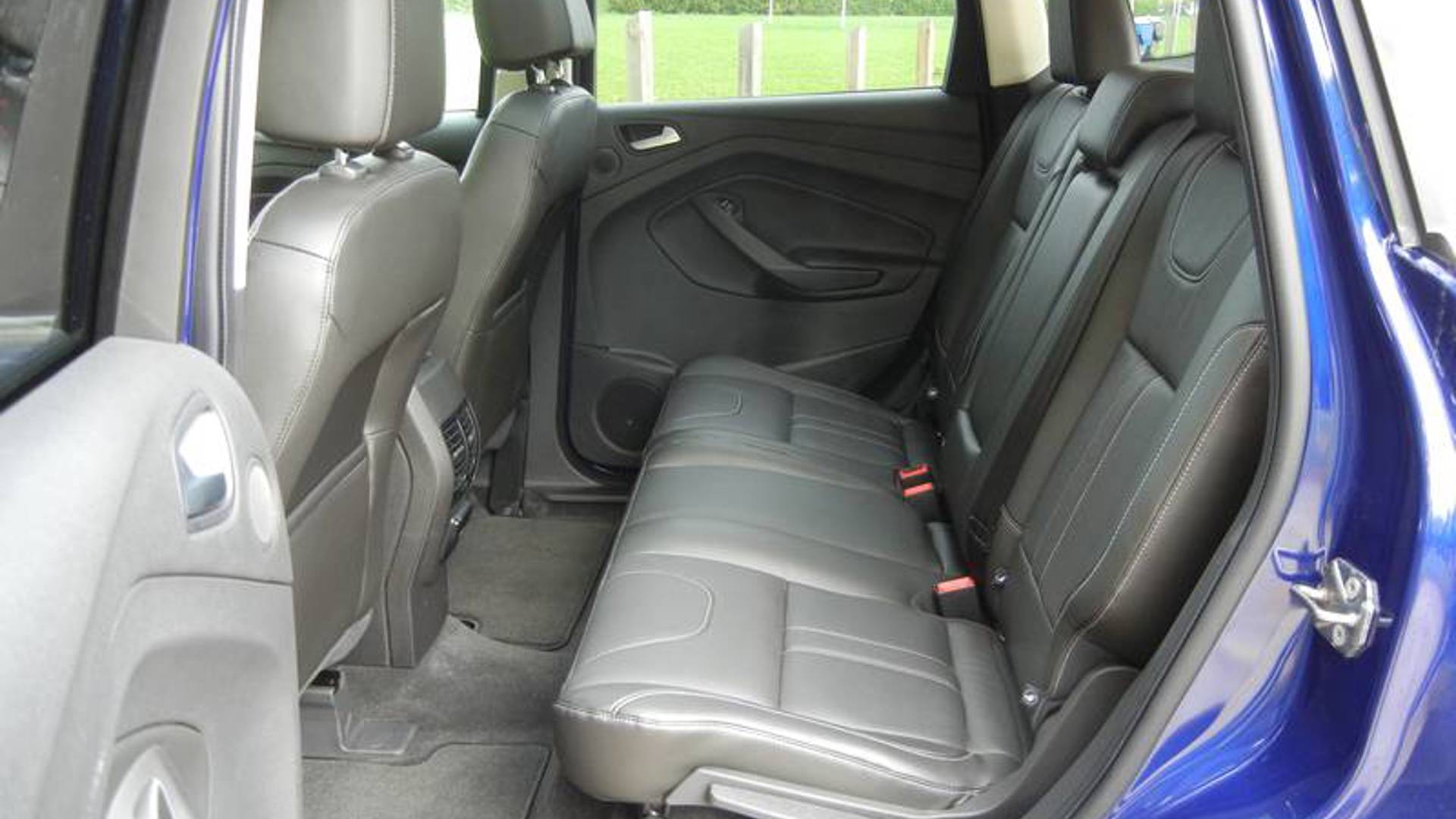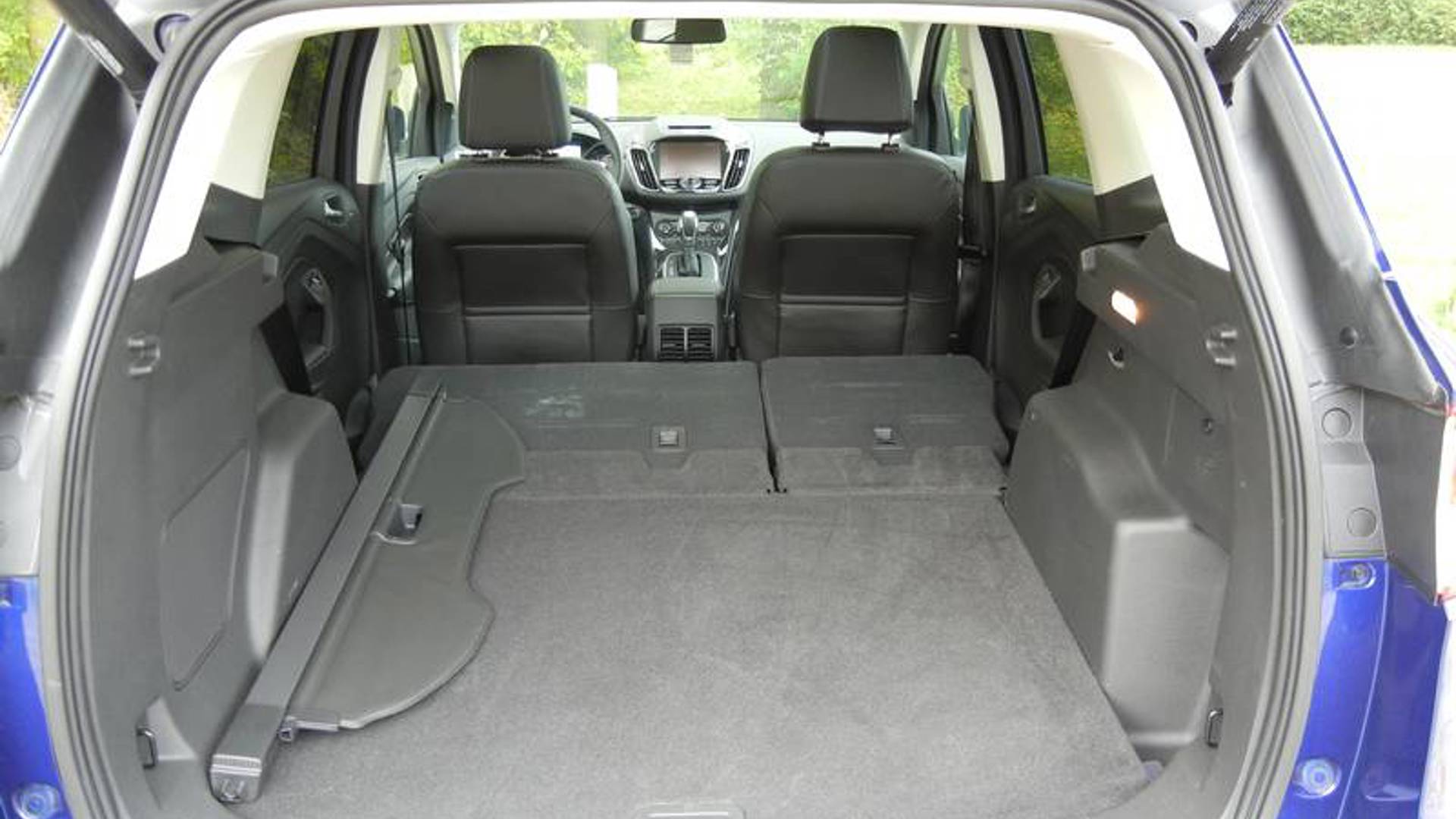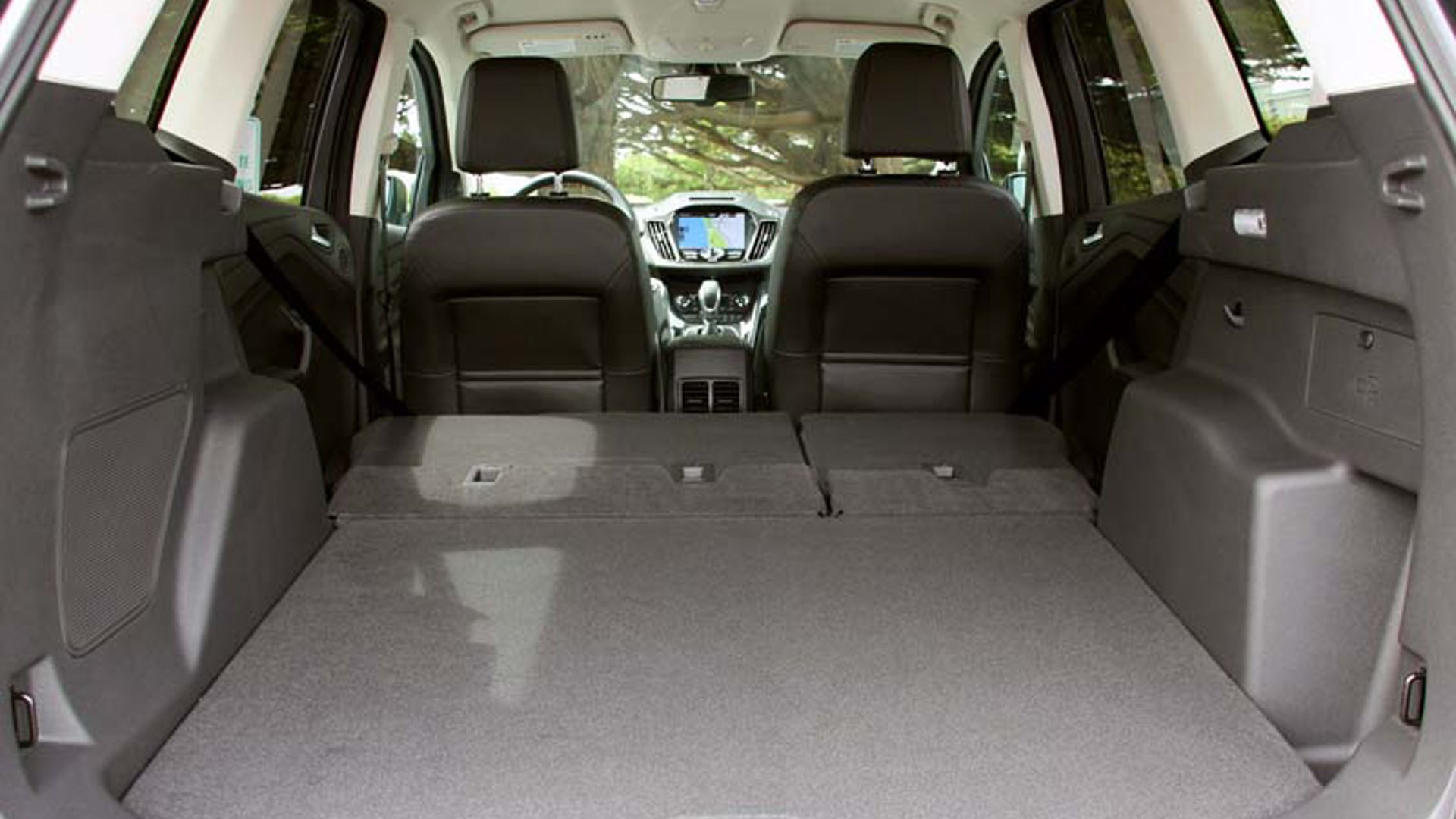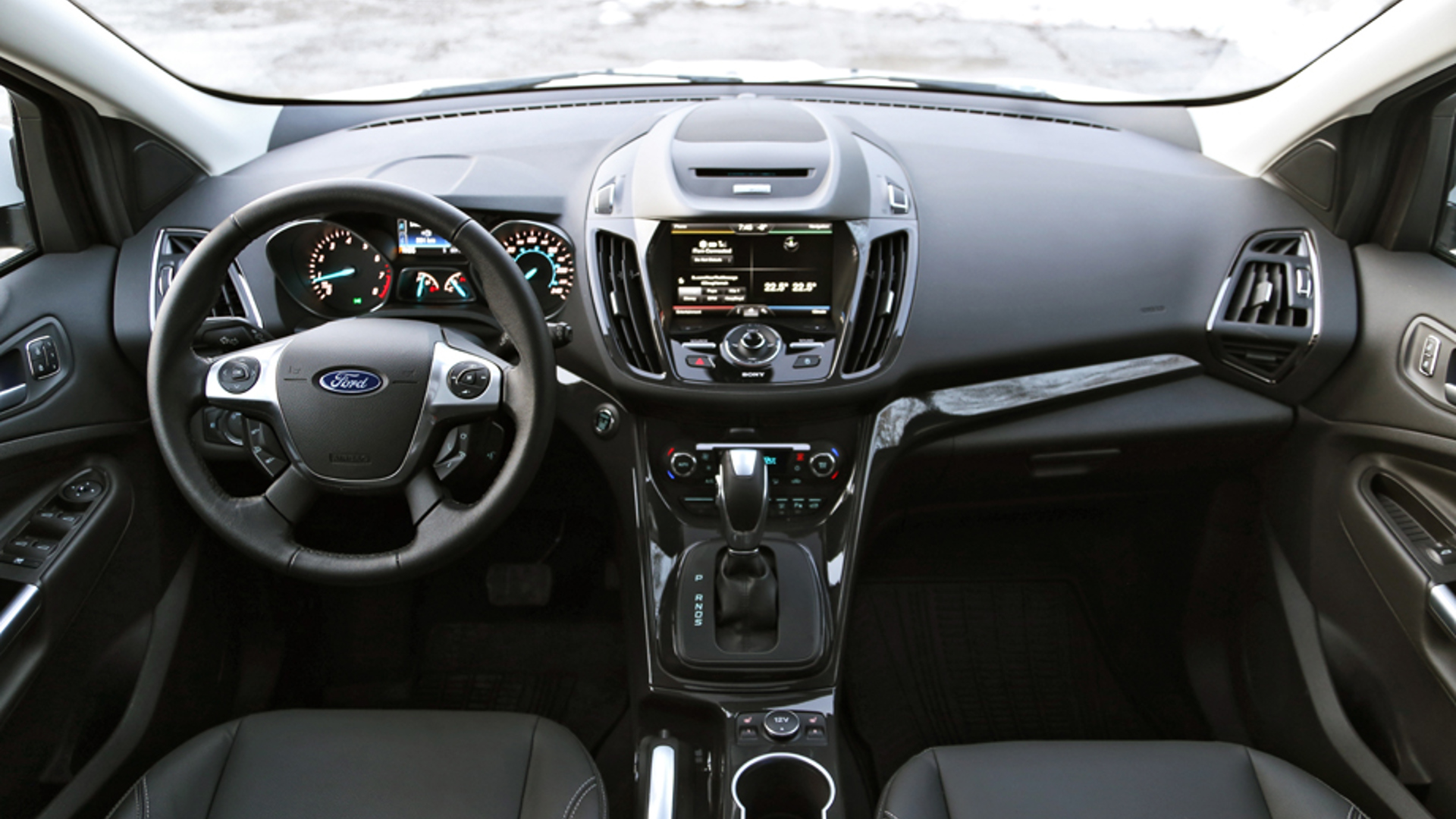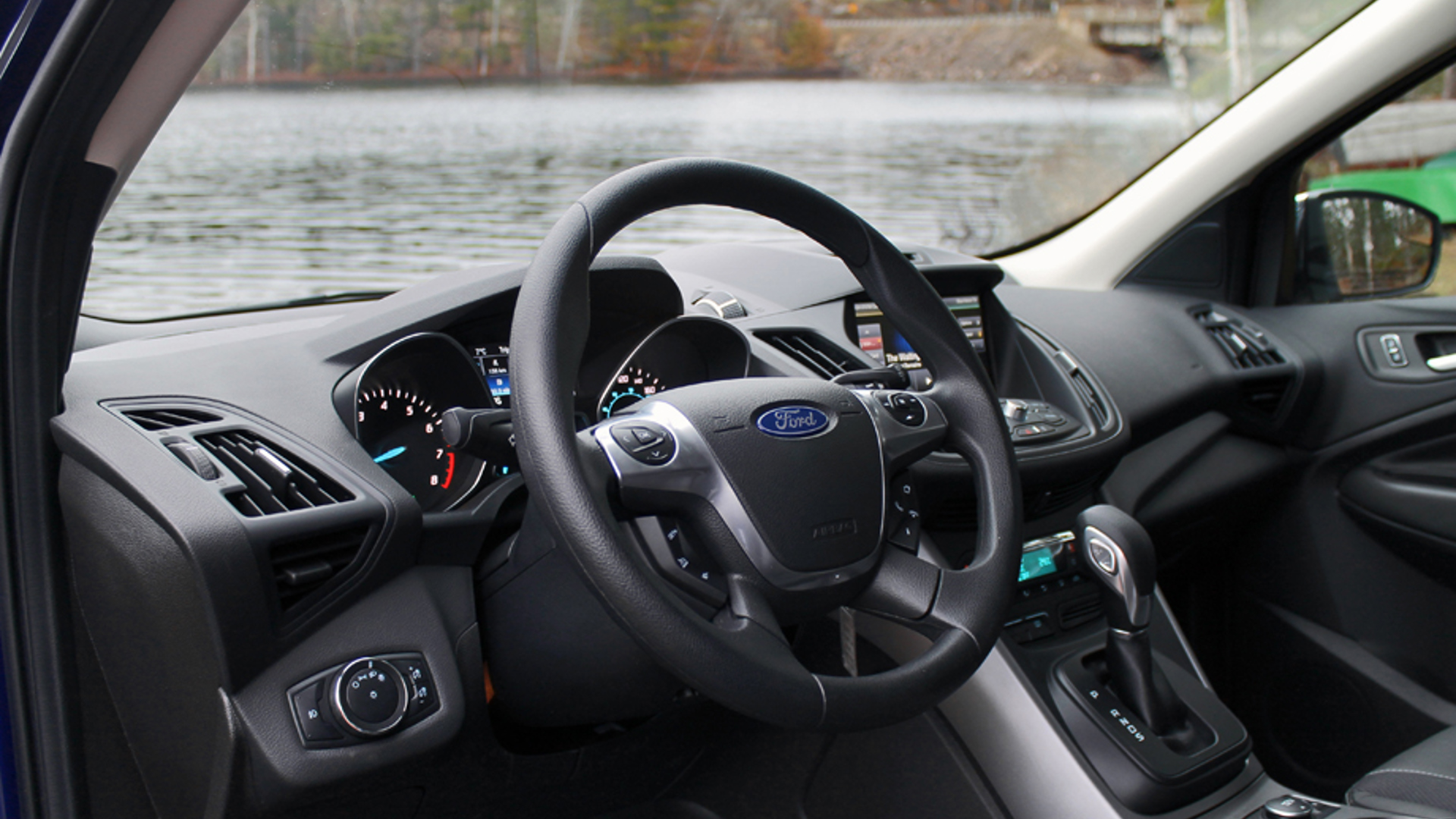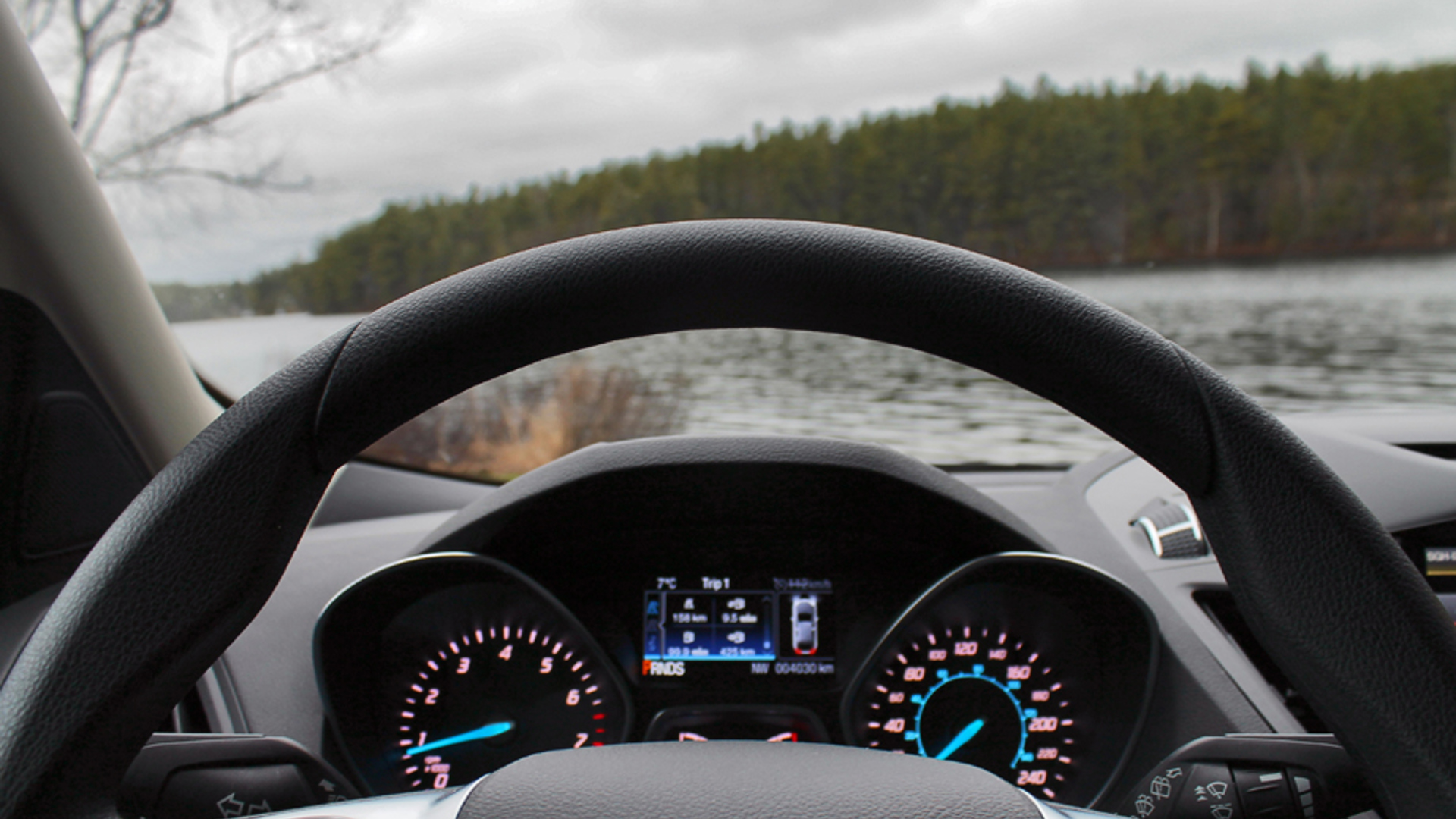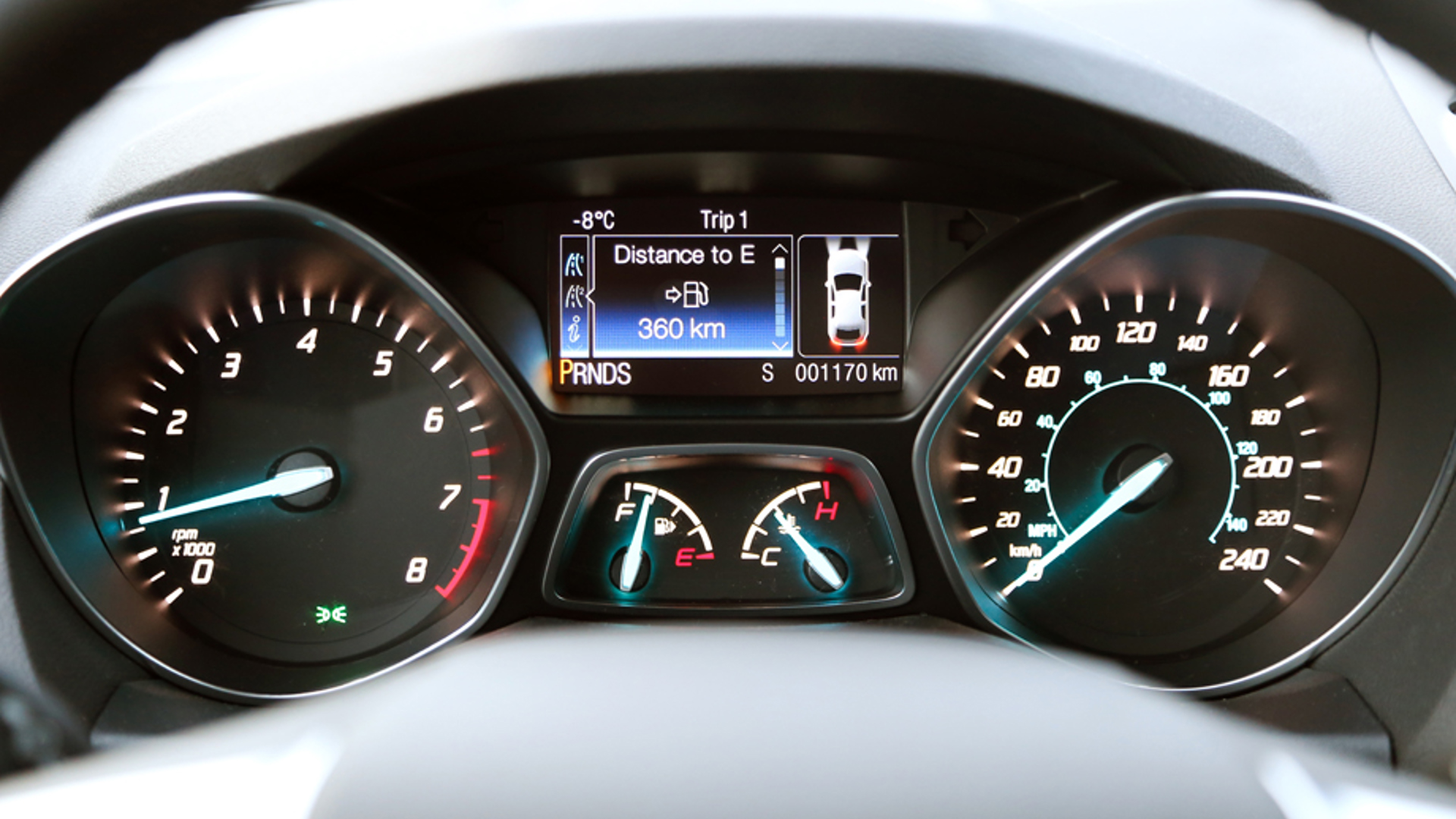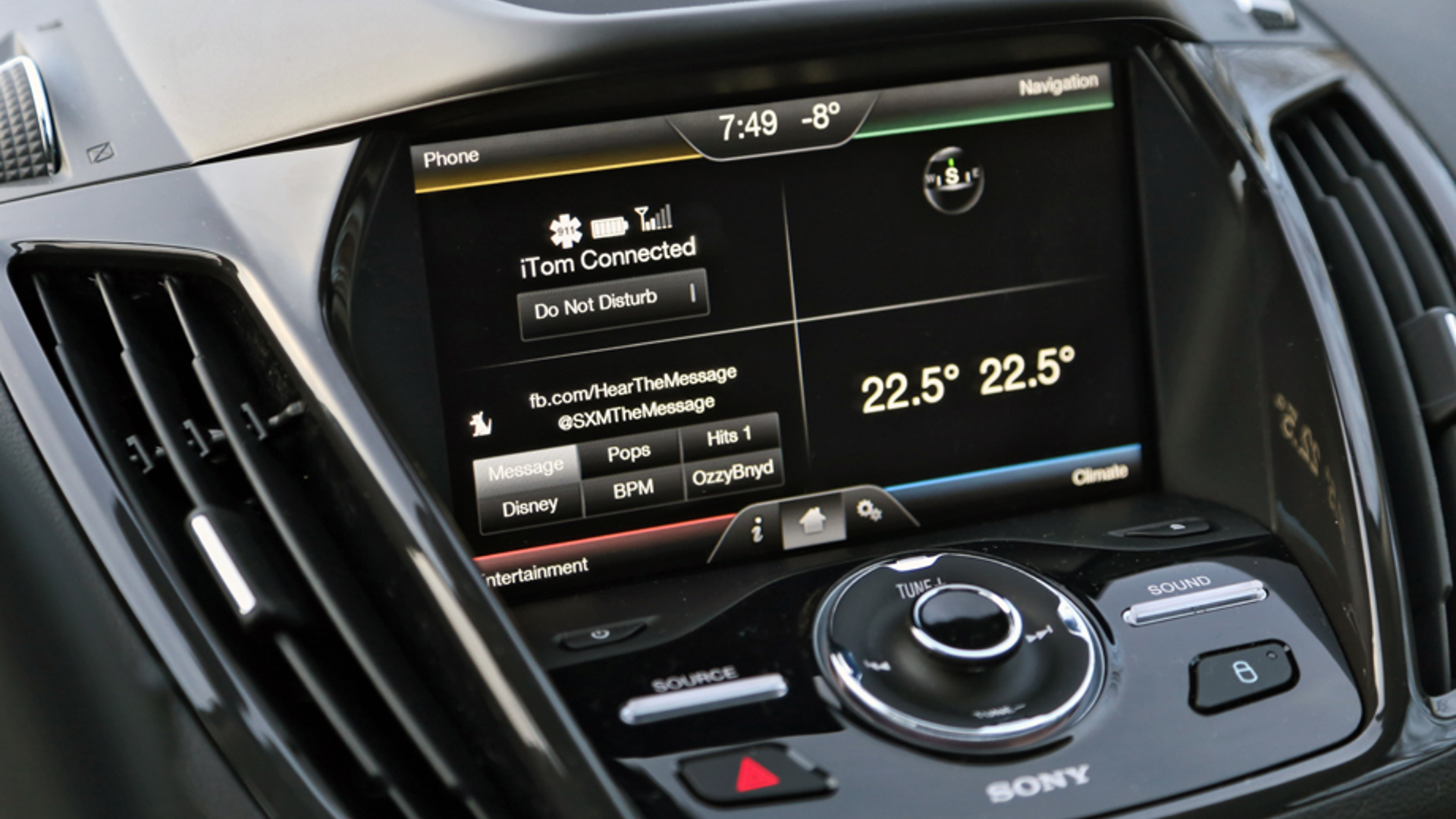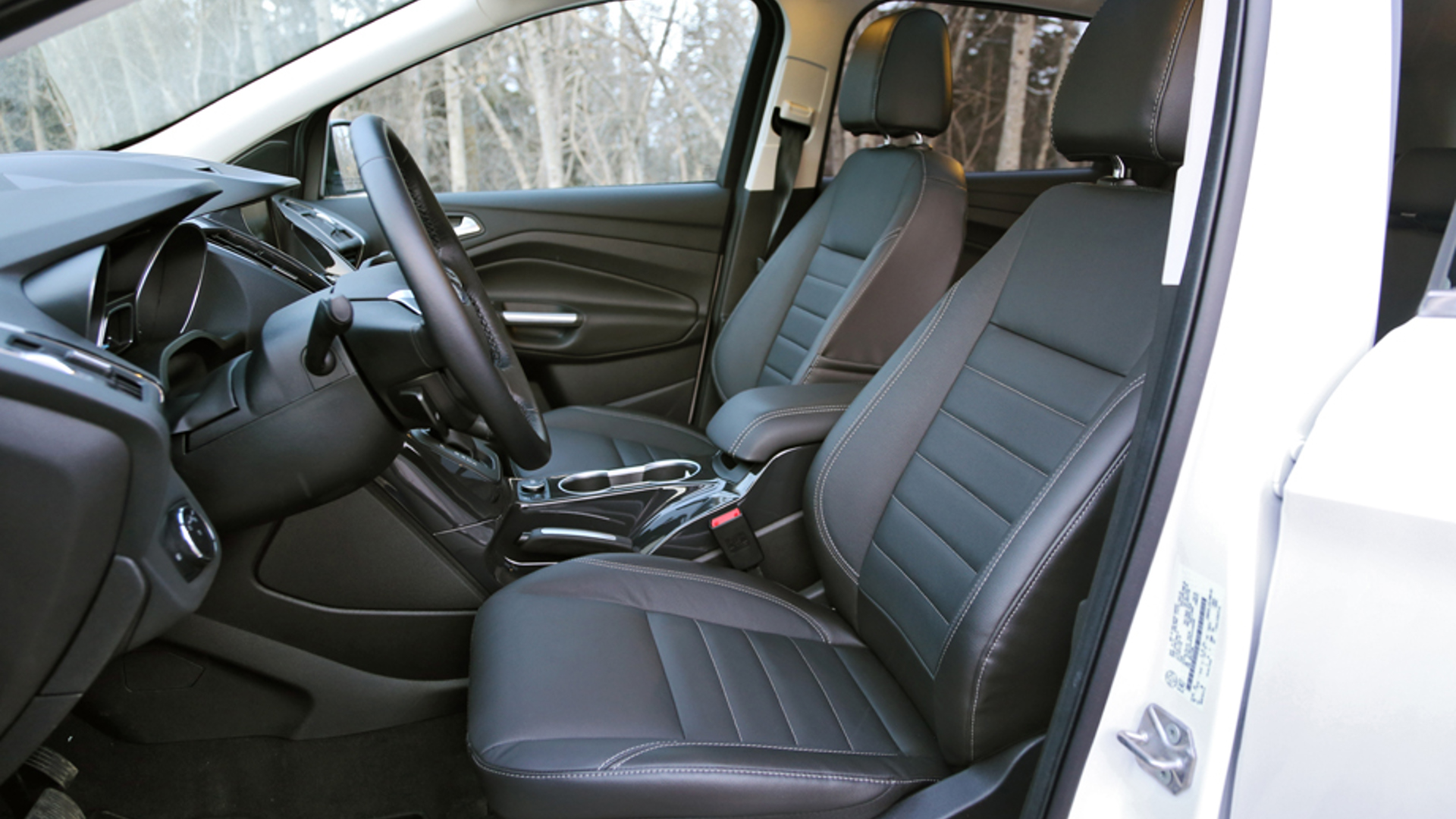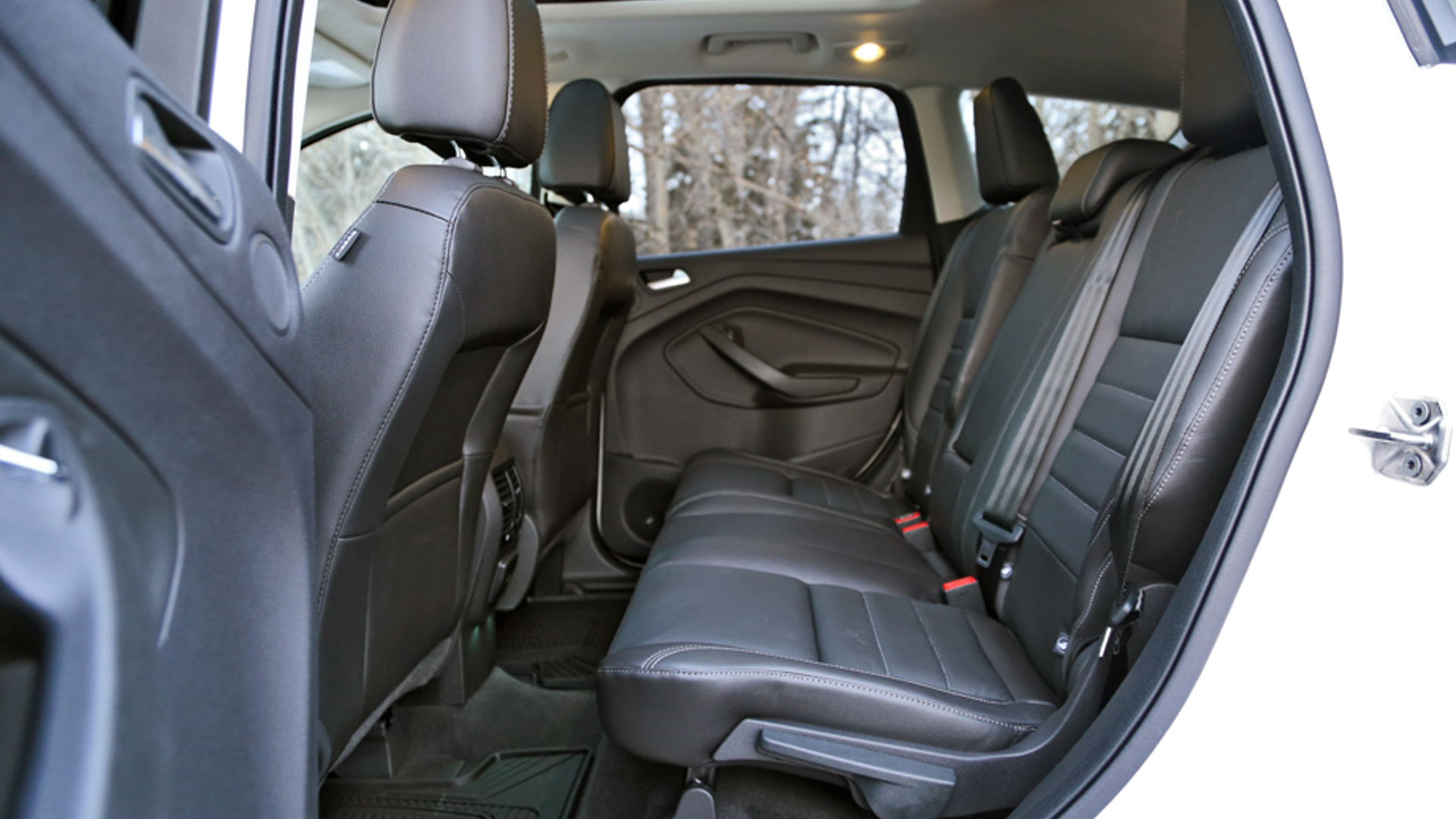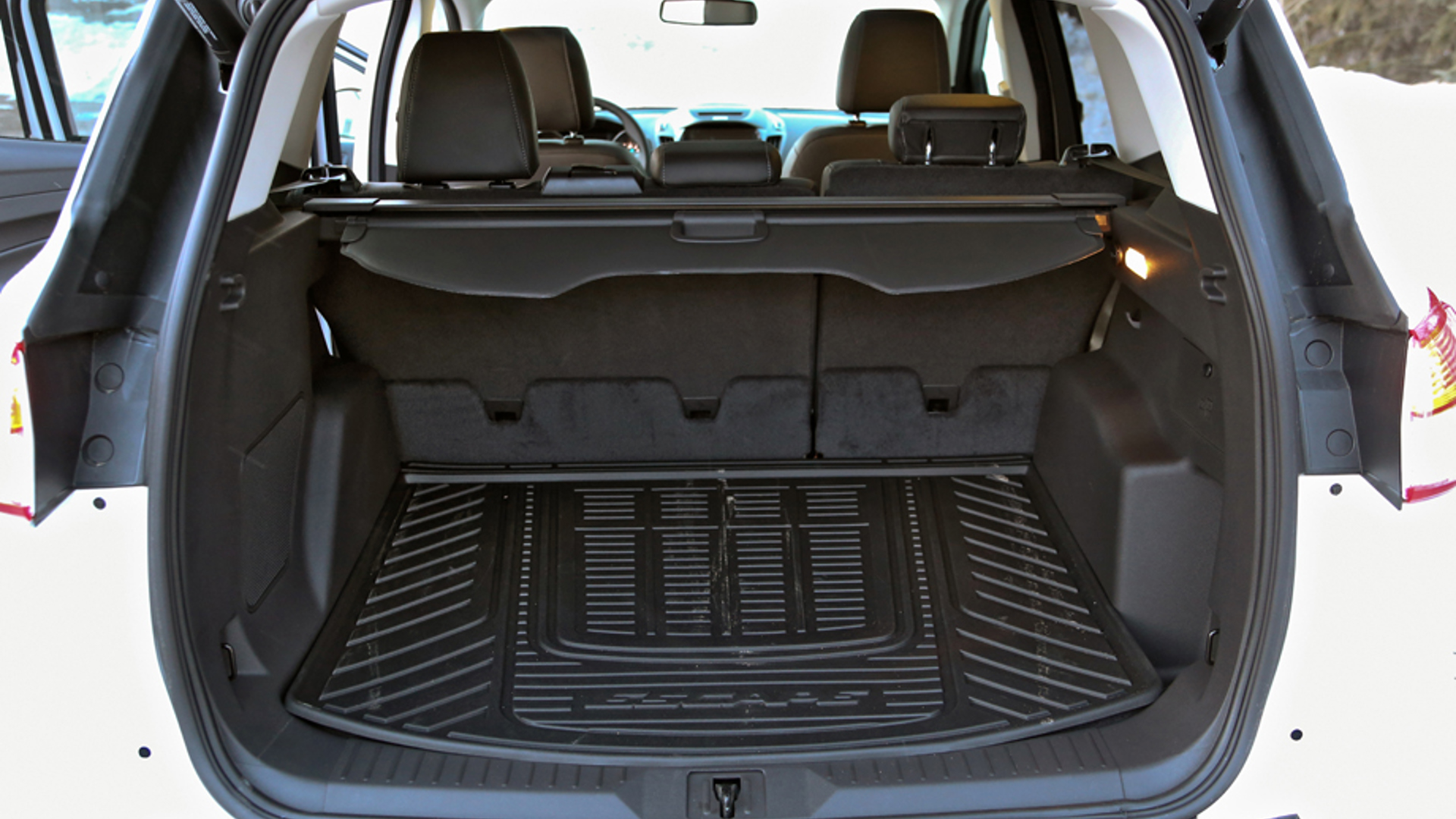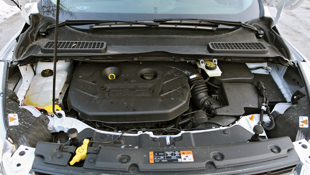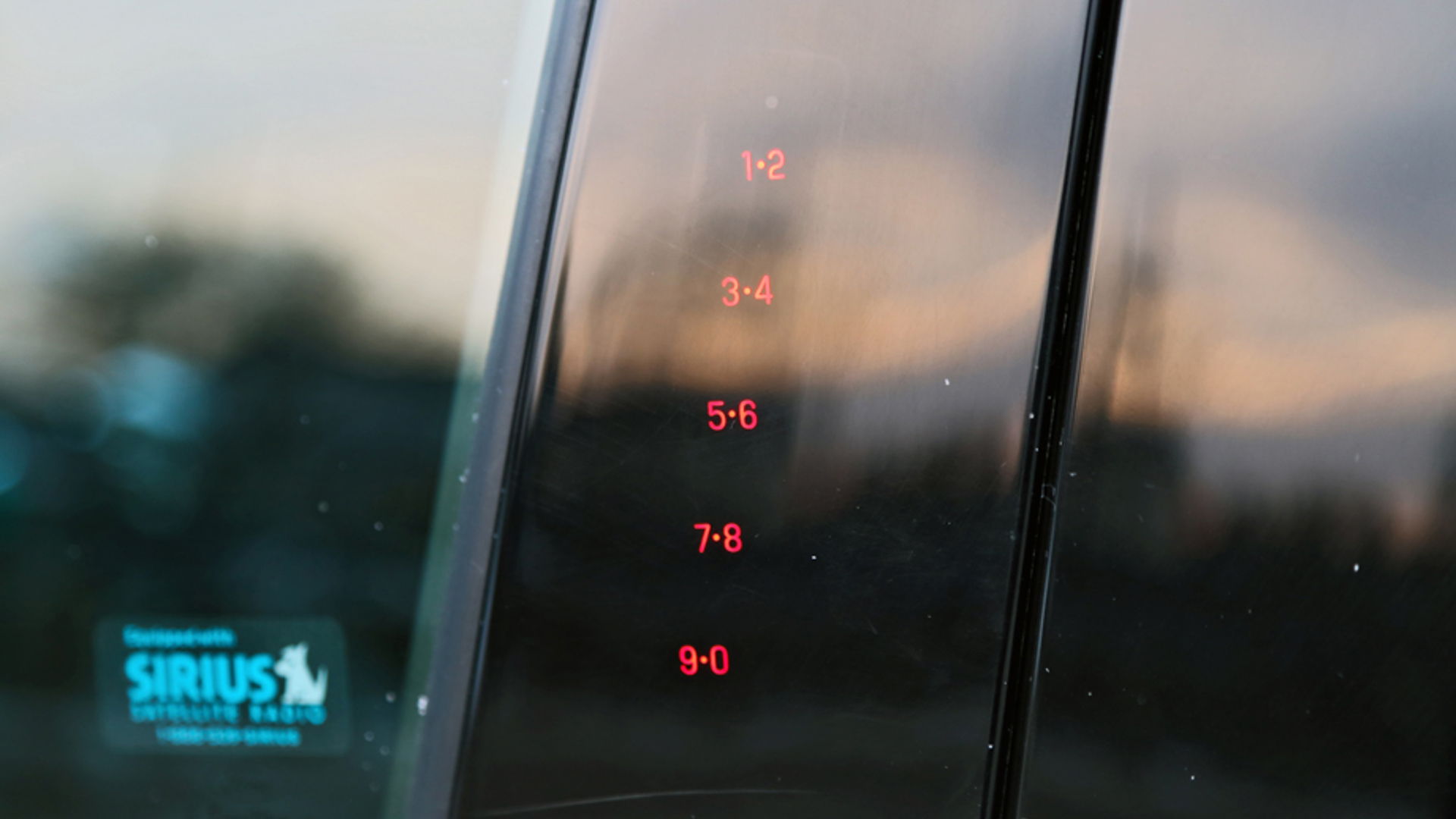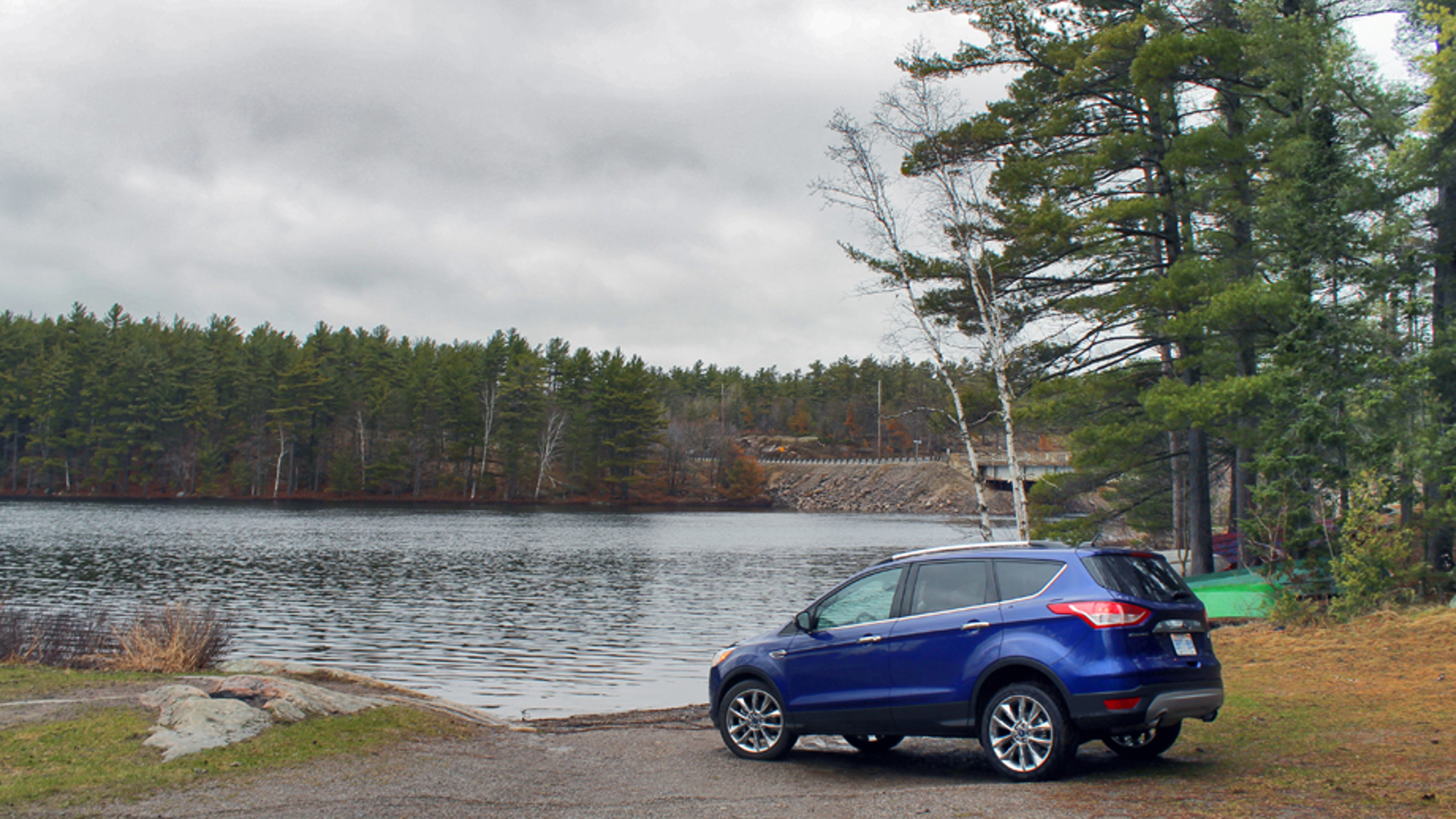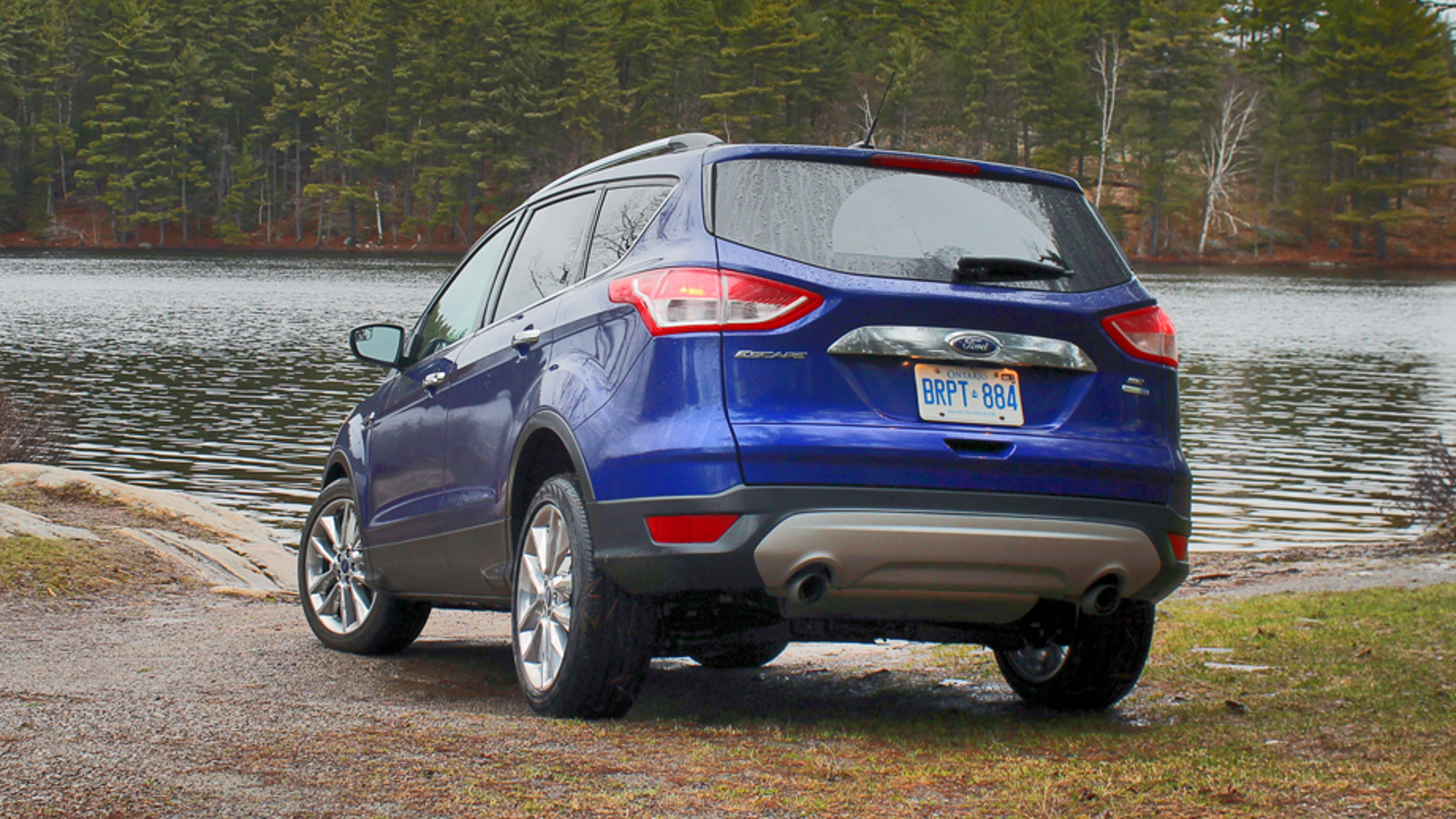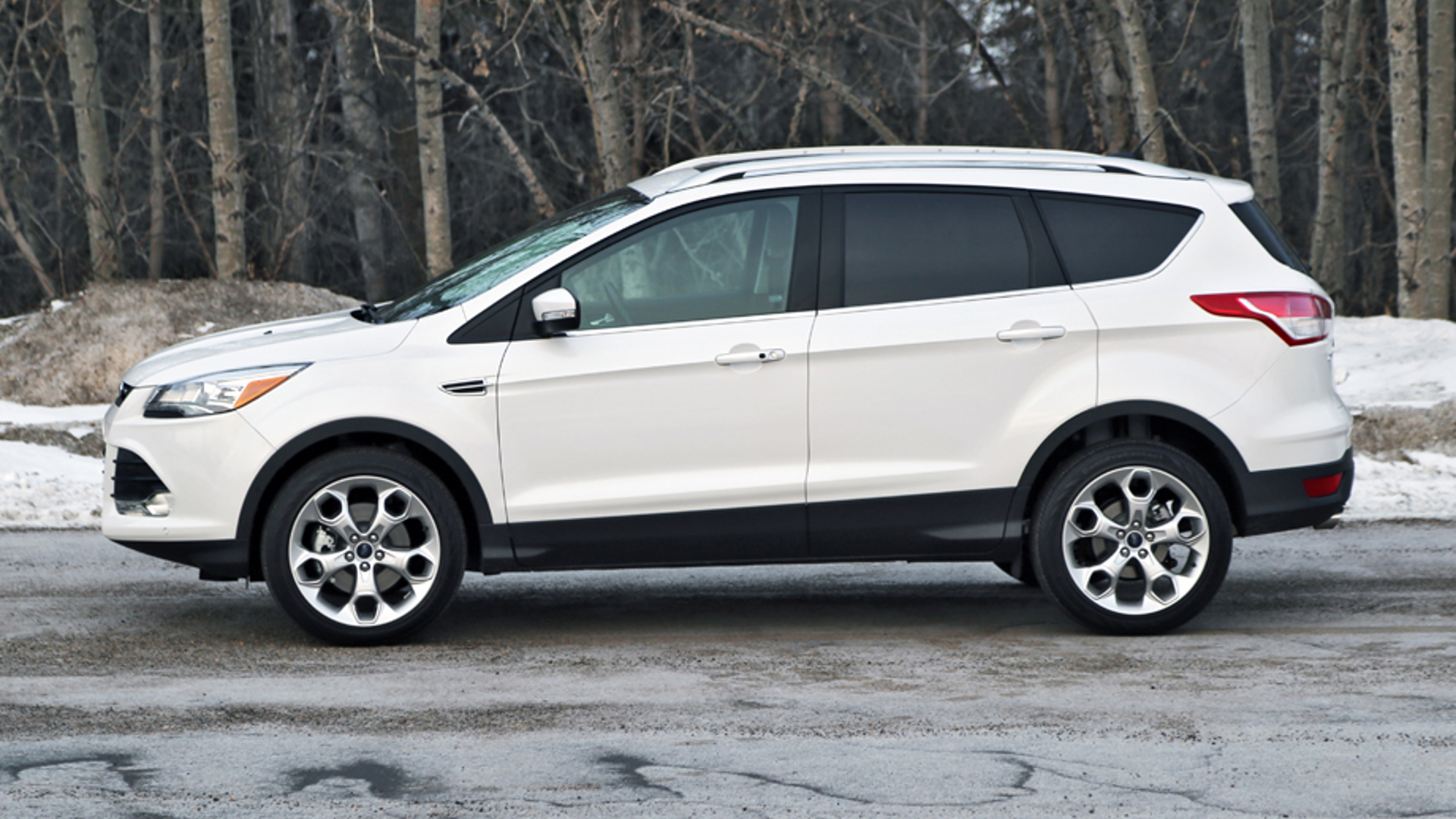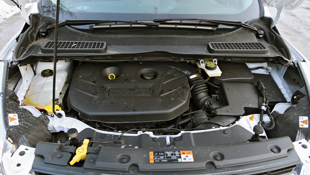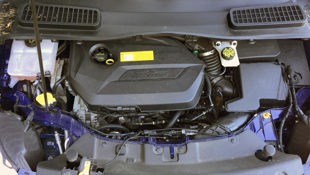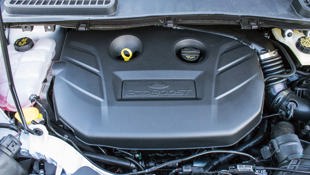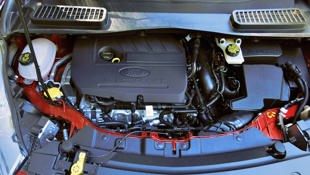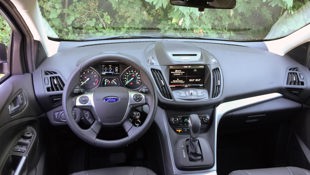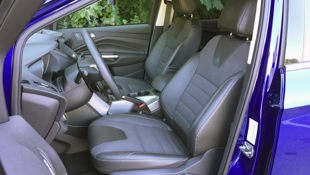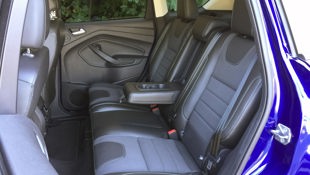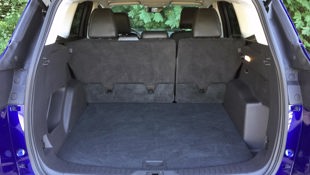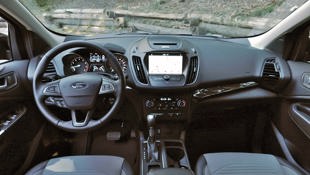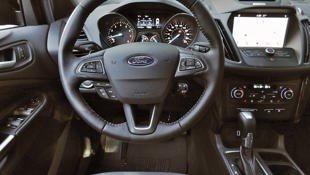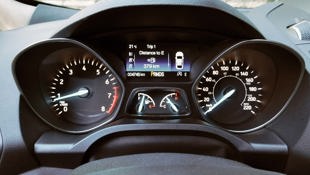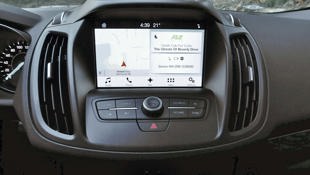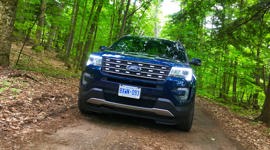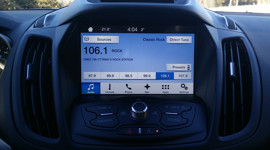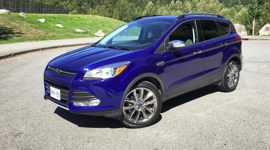Vehicle Type
Modern and unique cabin layout, peace of mind in bad weather, and pleasing performance from the turbocharged engines.
Crossover
History/Description
Big on space and flexibility, and abundant in the used crossover market, the latest Ford Escape attracted drivers with automatic four-wheel drive, a commanding driving position, and decent ground clearance.
The current Escape launched in 2012 for model year 2013, competing with likes of the Honda CR-V and Toyota RAV4 by offering plenty of selection, numerous powertrains, and various trim grades to help shoppers tailor the model to their precise needs and tastes.
With a top-line Sync connectivity system, a slick AWD system, relatively generous towing capacity, and plenty of safety content, this generation Escape had modern crossover shoppers after capability and confidence square in its sights.
All units were two-row five-seaters, with S, SE, and Titanium trim grades representing base, mid-grade and fully loaded units. Feature content may include dual-zone automatic climate control, heated leather, push-button start, an auto-dimming rearview mirror, power seats, a back-up camera, and plenty more. Advanced feature functionality saw the Escape available with adaptive cruise control, forward collision warning, and enhanced park assist, too.
Engines
Look for an all four-cylinder engine range, including a 2.5L four-cylinder with 168 horsepower as the base-level powerplant. Turbocharged EcoBoost four-cylinder engine options included a 1.5 or 1.6L unit with around 180 hp, and a 2.0L four cylinder, with 245 hp. All units ran an automatic transmission. Note that the Escape was available with front- or all-wheel drive (AWD) on numerous trim grades, so shoppers set on a unit with AWD are advised to double-check to confirm that it’s installed to the unit they’re considering as they search used Escape listings on autoTRADER.ca.
What Owners Like
Owners appreciate a modern and unique cabin layout, peace of mind in bad weather, and pleasing performance from the turbocharged engines, particularly the larger 2.0L unit. Controls are said to be easy to use, and interfaces are easily learned. Plenty of at-hand storage is fitted within reach of all occupants to help keep organized and tidy on the move, and the tall and upright driving position helps add confidence. Good brake feel is also noted, particularly during hard stops.
What Owners Dislike
Some owners wish for a smoother and less-busy ride, a more natural feel to the steering, and better steering feedback. Others wish for a quieter ride at speed, and some owners report difficulty achieving rated fuel consumption figures, perhaps especially from the smaller turbo engines.
Here are some owner reviews of the 2013+ Ford Escape.
The Test Drive
We’ll start with some general crossover shopping tips, and move into some specific checks related to this generation of Ford Escape.
First up, check the owner’s manual of the Escape you’re considering to confirm where it sits in relation to all mileage-based maintenance requirements outlined. Confirm which (if any) scheduled maintenance and servicing intervals have come and gone, assuming that all of these are overdue until you see service records proving otherwise.
Buying a properly maintained vehicle is vital to long-term durability and maintenance of remaining warranty. Should service records be unavailable, shoppers should budget for a full tune-up and oil-change, just to be safe. Note, too, that modern direct-injection turbo engines need to have their spark plugs and oil changed at or before prescribed intervals, and that failing to do so can result in the rapid buildup of valve gunk. Ensure the seller stayed on top of these maintenance items, and continue to do so during your ownership.
Shoppers are advised to confirm that the Escape’s cabin air filter and engine air filter are in good order and not in need of replacement, that the charging system and battery are healthy, and that all consumable parts (tires, brakes) still have plenty of life remaining. If that’s not the case, call it into your pricing negotiations.
With the vehicle’s VIN number in hand, work with a Ford dealer service department to determine if any applicable software updates and recalls are outstanding for the specific model you’re interested in, and plan to have any outstanding work completed on this front as soon as possible. A second-hand Escape running all of the latest software updates and recalls is your best bet for minimized surprises and headaches during ownership, as well as for safety. With the vehicle’s VIN number handy, a dealer should be able to determine which, if any, software updates and recalls are outstanding.
Note that software updates may be pre-emptively applied to prevent problems including unwanted battery drain, some driveability issues, overheating (see below), and even potential no-start situations. Software updates can also keep the sometimes-glitchy Ford Sync system running smoothly.
Said Ford Sync system should be put through its paces, with all functions tested and a phone paired for confirmation of compatibility. If the interface lags, chokes, or fails to work smoothly and responsively, it may need a software update, a hard reset, or a replacement head unit.
Having the used Escape you’re considering treated to a pre-purchase inspection at a Ford dealer is highly advised. Have the attending technician check the model over, confirming that there are no fluid leaks from the transmission or axles, and that the powertrain computer doesn’t have any stored trouble-codes, which could be evidence of a potentially pricey problem lying in wait.
Models with the 1.6L engine should have their cooling system inspected for proper fluid level and condition, as well as any signs of leakage. Some owners have reported coolant loss or leaks from this engine, as well as extreme overheating, and the problem seems fairly well documented. Ford dealers have been addressing this issue via a recall, and it should be treated urgently, since it could pose a fire risk in some extreme situations. Here’s some more reading. And some more. The apparent cause of the fluid loss issue is a flaw with the software that controls the cooling system on this engine, and the fix is a simple software update.
Note that if your Escape overheats while driving, you’ll need to pull over right away, crank the heat to maximum (this draws heat from the engine into the cabin), and consult your owner’s manual for further instructions.
Here’s some reading on the importance of regular transmission fluid changes, particularly on Escape models with the 2.0L engine. The fluid in this transmission should be changed not a moment later than the intervals in the owner’s manual, and the earlier and more frequently the better. Running fresh, clean fluid seems to have addressed a multitude of problems with fussy or clumsy shifting – so if you note any funny business from the transmission during your test drive (rough shifting, a delay when switching from Drive to Reverse, and so on), start here.
Here’s a lengthy discussion from numerous owners who report a strong fuel smell inside of the Escape with 2.0L EcoBoost engine in certain conditions. I’ll save you 32 pages of reading and sum this issue up thusly: if you smell raw fuel inside of your used Escape, get the vehicle to a dealer as soon as possible and have them look up Technical Service Bulletin (TSB) 15-0096. The likely fix to this not-uncommon but frustrating problem is replacement of the PCV venting hose, which is likely covered by the vehicle’s emissions warranty.
A front-end inspection with attention paid to all steering and suspension components is also advised. Some owners have reported a mild clunking or popping noise from the front end of the vehicle, often at lower mileage. Coax the noise out of the Escape’s front end by travelling over rough bumps at varying speeds and angles, and by fully rotating the steering while the vehicle is running but parked. If any unwanted noise is detected, the model may require new strut mounts and a corrected alignment. Here’s some more reading.
On the topic of steering, note that a wobble or vibration in the wheel could be a sign of an out-of-whack alignment, or a problem with the programming of the Escape’s steering system. If the steering in the Escape you’re considering doesn’t feel straight and stable, be sure to have it inspected. Here’s some more reading.
A few final notes. First, check the power liftgate for proper operation. If it stops part way through opening or closing, or unexpectedly reverses direction, the computer that controls it may need to be reset, or the physical latch may need adjustment.
Shoppers should also check the condition of the front driver’s seat fabric/leather for signs of excessive wear, and confirm proper operation of all door handles, power windows and key fobs.
Here’s a lengthy list of recalls.
The Verdict
Most owners of the latest generation Ford Escape report few if any concerning issues. Still, a hearty list of rarer but potentially pricey problems, and a possible safety concern with overheating on some models, mean shoppers are best to have any used Escape they’re considering treated to a full inspection by a Ford technician before their purchase.
A used model available with proof that all maintenance and recalls are up to date is ideal for maximum peace of mind.
Crash Test Ratings
IIHS: Top Safety Pick (2013)
NHTSA: 4/5 Stars
